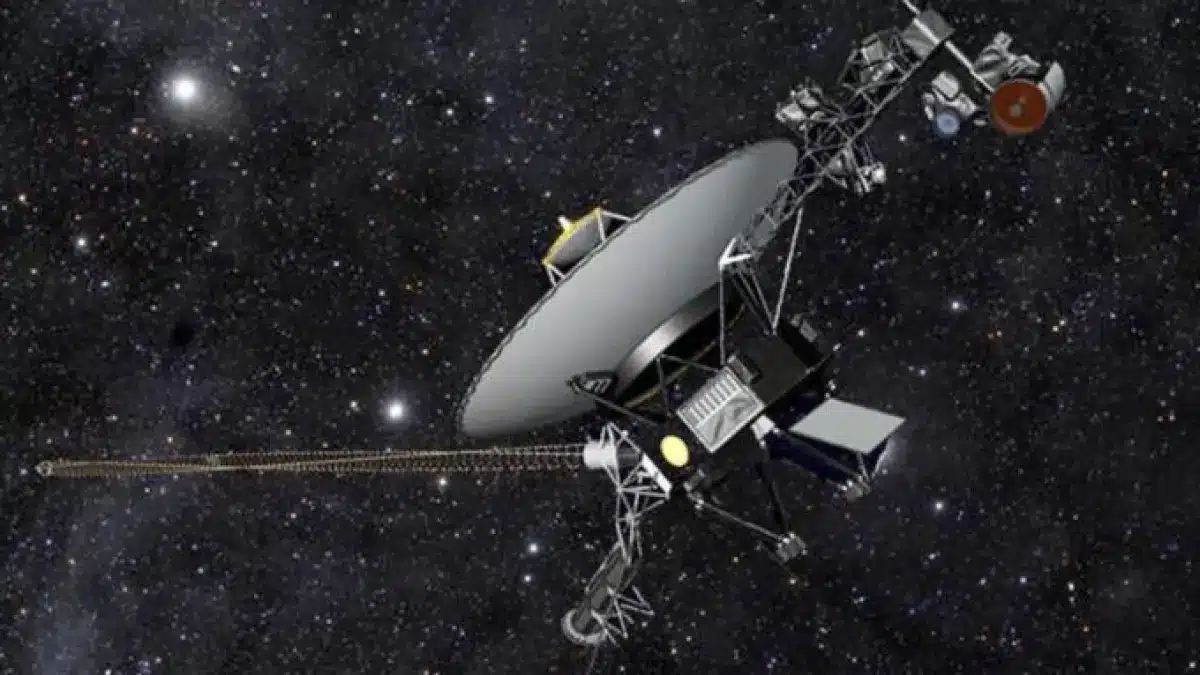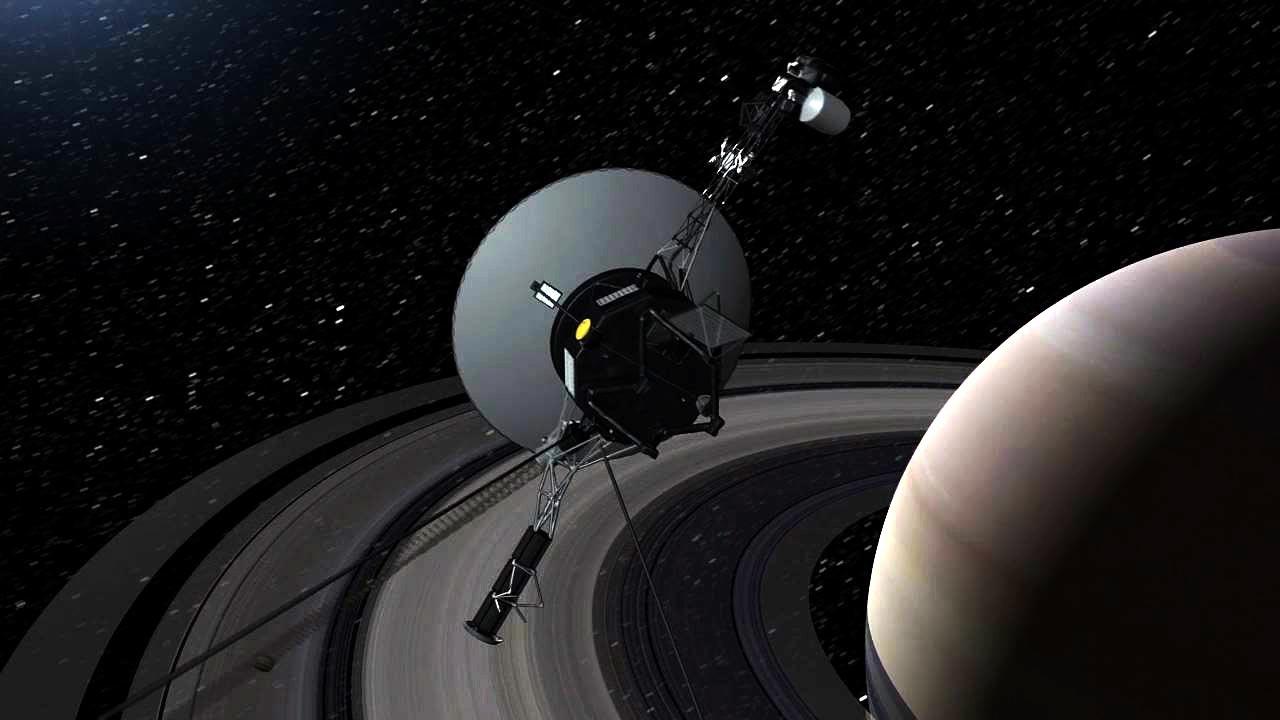Science
Voyager 1 Stops Communicating With Earth Due To Computer Issue

A computer fault on NASA’s Voyager 1 spacecraft has caused a communication failure between the 46-year-old probe and its mission team on Earth.
Engineers are working to resolve the problem as the aging spacecraft explores uncharted cosmic territory in the solar system’s farthest reaches.
Voyager 1 is now the farthest distant spaceship from Earth, at around 15 billion miles (24 billion kilometers), whereas Voyager 2 has traveled more than 12 billion miles (20 billion kilometers). Both are in interstellar space and are the only spacecraft that has ever operated outside the heliosphere; the sun’s bubble of magnetic fields and particles extends well beyond Pluto’s orbit.
The probes, originally planned to survive five years, are the longest-running spacecraft in history. Because of their extraordinarily lengthy lifespans, both spacecraft have contributed further insights into our solar system and beyond despite fulfilling their initial goals of flying by Jupiter, Saturn, Uranus, and Neptune decades ago.
Voyager 1 Stops Communicating With Earth Due To Computer Issue
Their unexpectedly long excursions, however, have been challenging.
Voyager 1 includes three onboard computers, including a flight data system that takes data from the spacecraft’s science equipment and combines it with engineering data to determine the spacecraft’s current health condition. On Earth, mission control receives the data in binary code, a series of ones and zeros.
However, the flight data system looks trapped on auto-repeat, evocative of the movie “Groundhog Day.”
The problem was discovered on November 14 when the flight data system’s telecoms unit began sending back a repetitive sequence of ones and zeroes as if stuck in a loop.
While the spacecraft can still receive and execute mission crew directives, an issue with the communications unit means that no science or engineering data from Voyager 1 is being delivered to Earth.
Voyager 1 Stops Communicating With Earth Due To Computer Issue
The Voyager crew transmitted commands to the spacecraft over the weekend to restart the flight data system, but no useable data has returned yet, according to NASA.
According to Calla Cofield, a media relations specialist at NASA’s Jet Propulsion Laboratory in Pasadena, California, which handles the project, engineers are currently working to gather more information about the underlying source of the issue before considering the next steps to rectify it. The procedure could take many weeks.
The last time Voyager 1 had a similar, but not identical, problem with the flight data system was in 1981, and the current issue does not appear to be related to other problems the spacecraft has had in recent years, according to Cofield.
As both probes face new obstacles, mission crew members can only rely on original manuals published decades ago, which cannot account for the challenges the spacecraft face as they age.
Before sending more directives to the spacecraft, the Voyager crew wants to assess all of the potential consequences to ensure that its operations are not unforeseen.
Voyager 1 is so far away that commands delivered from Earth take 22.5 hours to reach the spacecraft. Furthermore, the team must wait 45 hours for a response.
Voyager 1 Stops Communicating With Earth Due To Computer Issue
According to Voyager’s project manager, Suzanne Dodd, as the twin Voyager probes continue to explore the cosmos, the team has gradually shut off instruments on these “senior citizens” to preserve power and extend their missions.
Both spacecraft have suffered unanticipated troubles and dropouts along the journey, including seven months in 2020 when Voyager 2 could not communicate with Earth. In August, the mission team utilized a long-shot “shout” approach to reestablish communications with Voyager 2 after a command incorrectly positioned the spacecraft’s antenna.
While the team intends to restore the steady stream of data sent by Voyager 1, the mission’s fundamental significance, according to Cofield, is its lengthy endurance. Scientists, for example, want to see how particles and magnetic fields change as the probes travel further away from the heliosphere. However, if Voyager 1 can return data as it travels, the dataset will be complete.
In recent years, the mission team has been innovative in its tactics for prolonging the power supply on both spacecraft to allow their record-breaking missions to continue.
“They are performing far, far past their prime missions and longer than any other spacecraft in history,” he stated. “So, while the engineering team is working hard to keep them alive, we also fully expect issues to arise.”
SOURCE – (CNN)

































